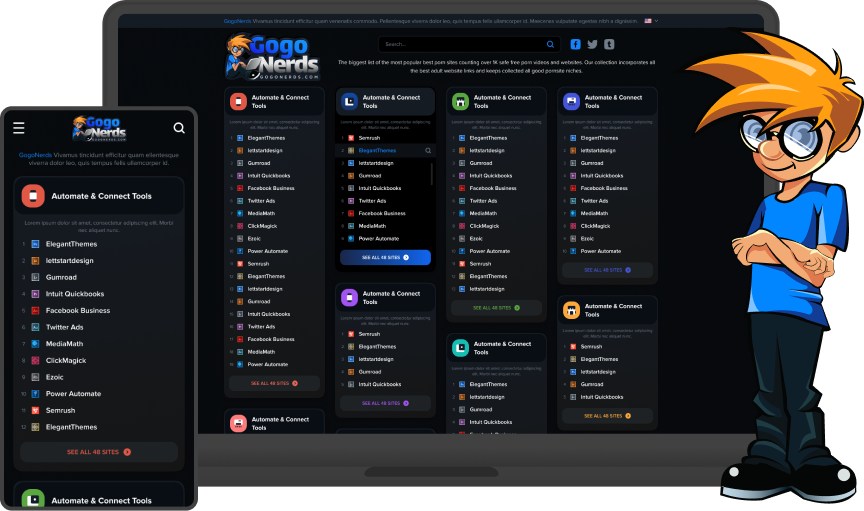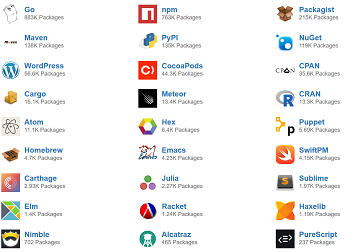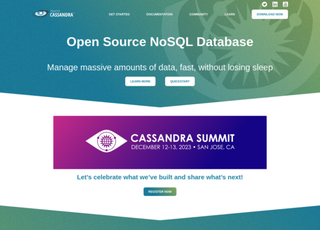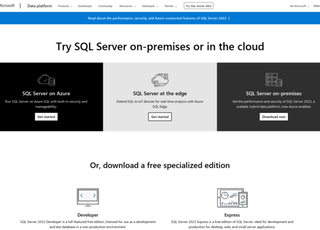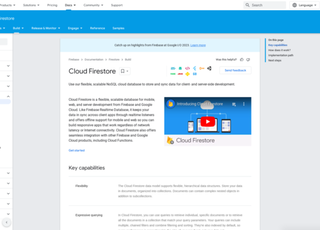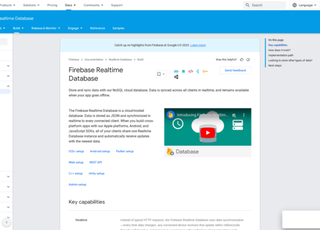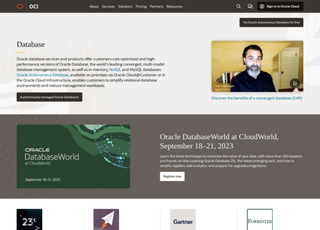Redis
https://redis.io/Redis
Redis (Remote Dictionary Server) is an open-source, in-memory data structure store, used primarily as a database, cache, and message broker. It supports various data structures such as strings, hashes, lists, sets, sorted sets with range queries, bitmaps, hyperloglogs, geospatial indexes with radius queries, and streams. Redis has built-in replication, Lua scripting, LRU eviction, transactions, and different levels of on-disk persistence.
Here's a breakdown of its key features:
In-Memory Storage
Redis stores its data in memory, which allows for exceptionally fast read and write operations. This makes it suitable for situations where high-speed data access is crucial, such as caching.
Data Structures
Unlike traditional key-value stores, Redis offers advanced data structures like lists, sets, and hashes. This allows it to handle complex data types efficiently, making it versatile for various use cases.
Persistence
Redis offers options for durability, including RDB (Redis Database) snapshots and AOF (Append Only File) logs. This means you can configure Redis to meet your specific data durability requirements.
Replication and Scalability
Redis supports master-slave replication, allowing data to be mirrored across multiple Redis servers. This replication can be used for read scaling or for high availability setups.
High Availability and Clustering
With features like Redis Sentinel for high availability and Redis Cluster for automatic partitioning of data across multiple Redis nodes, it's designed for large-scale deployments.
Lua Scripting
Redis supports Lua scripting, enabling the execution of complex scripts on the server side. This reduces the network overhead and increases the efficiency of certain operations.
Transactions
Redis transactions allow the execution of a group of commands as a single atomic operation, ensuring data integrity.
Pub/Sub Mechanism
Redis supports Publish/Subscribe messaging paradigms, useful for building message systems and real-time notifications.
Extensibility
Redis Modules extend its functionality, allowing users to add new commands, data types, and features.
Widespread Language Support
Client libraries for Redis are available for a wide array of programming languages, ensuring compatibility and ease of integration with various applications.
Advanced Features
Geospatial Support
Redis offers geospatial data handling through its geospatial indexes and commands. This feature is particularly useful for applications that require location-based services, such as proximity searches.
Streams
Redis Streams, introduced in Redis 5.0, is a data type that offers a robust way to handle streaming data. It's suitable for building event sourcing systems, messaging applications, and more.
Bitwise Operations
Redis supports operations on strings as if they were arrays of bits, making it efficient for handling bitmaps.
HyperLogLogs
This probabilistic data structure is used for efficiently estimating the cardinality of large sets, which is useful in scenarios like counting unique visitors to a website.
Efficient Counting with Bloom Filters
RedisBloom module provides Bloom and Cuckoo filters, efficient data structures for probabilistic membership checks and approximations.
Security Features
Redis includes basic security features like authentication and support for TLS, ensuring secure data transmission.
Typical Use Cases
Caching
Redis is widely used as a caching layer to reduce the load on databases and improve the response times of web applications. Its speed and ability to handle diverse data structures make it ideal for caching web pages, API responses, and database query results.
Session Storage
Redis is a popular choice for storing user session data in web applications. Its fast read/write capabilities ensure quick access to user session information.
Real-Time Analytics
With its fast data processing capabilities, Redis is well-suited for real-time analytics applications, such as dashboards that track website traffic or social media interactions.
Message Brokering and Queuing Systems
Redis's pub/sub and list-based queues can be used to build robust message brokering systems for asynchronous processing and inter-service communication.
Leaderboards and Counting
The sorted set data structure in Redis is perfect for creating leaderboards for gaming applications and for implementing counters in various scenarios.
Rate Limiting
Redis can be used to implement rate limiting for APIs, helping to control the rate of user requests to web servers or APIs.
Full-Page Cache (FPC) and Session Caching in E-Commerce
In e-commerce platforms, Redis speeds up page loading and session data retrieval, enhancing the user experience.
Chat Applications and Social Networks
Its ability to handle high-throughput and low-latency data makes it suitable for real-time chat applications and social networking features.
Redis's versatility, performance, and rich feature set make it a popular choice across various industries and applications. Its simplicity in setup and scaling, combined with powerful data handling capabilities, contribute to its widespread adoption and popularity. Whether it's for building fast, real-time applications or for enhancing existing systems with efficient caching and data processing, Redis presents a compelling solution.

